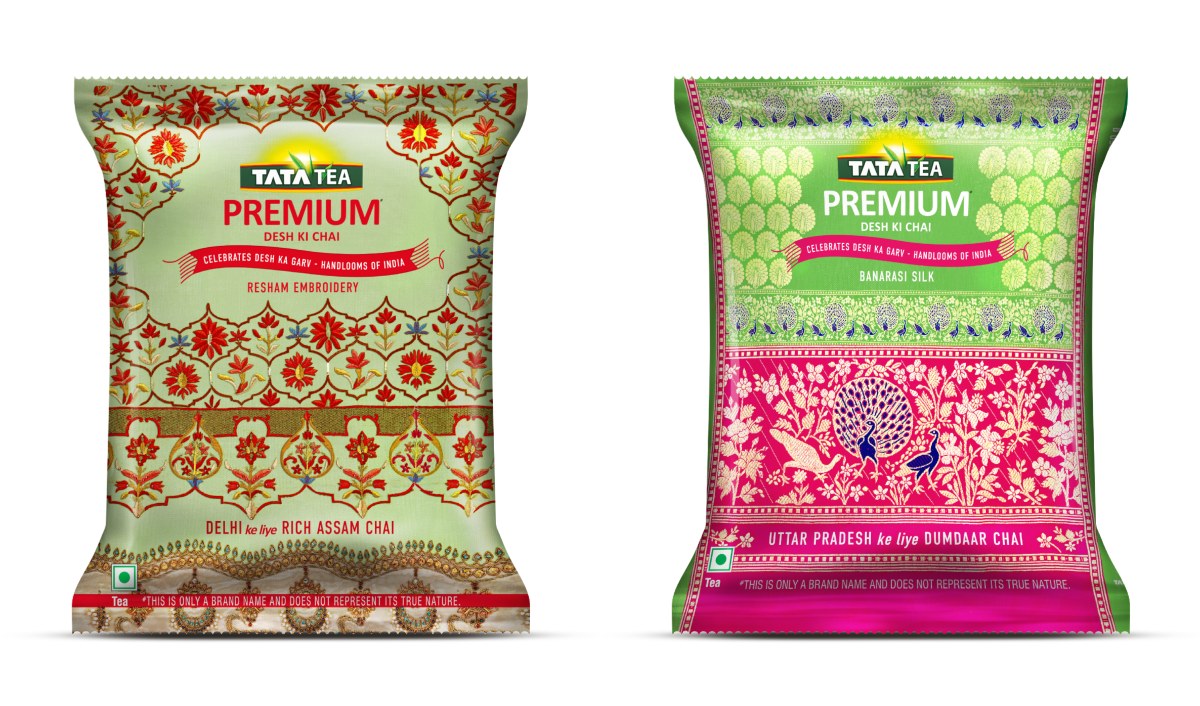
Tata Tea Premium, a prominent flagship brand within the extensive Tata Tea portfolio, is celebrating India's diverse cultural heritage through its #DeshKaGarv initiative on Independence Day. By embracing this initiative, the brand is honouring India's multifaceted art, diverse culture, and rich heritage.
In a departure from the previous year's focus on key milestones in India's post-Independence journey, this Independence Day, Tata Tea Premium has set its sights on a more colourful and vibrant endeavour. Their "Desh Ke Dhaage" campaign, a tribute to India's rich legacy of handlooms, brings to the forefront the legacy of the nation’s weavers.
Puneet Das, president - packaged beverages (India and South Asia), Tata Consumers Products, tells afaqs! that Tata Tea’s emphasis on India’s cultural heritage has been a cornerstone of its marketing strategy for years, gaining particular prominence post-pandemic.
Speaking about the conception and execution of the campaign, Das points out, “With this campaign, we are paying a heartfelt tribute to India’s rich handloom heritage because it showcases the artistry of Indian craftsmen. We are celebrating different handloom weaves from different regions of the country.”
For the campaign, the brand has redesigned its Tata Tea Premium packaging with inscriptions of traditional handloom art from different Indian states. Das explains, “We are trying to spread awareness about the legacy and the rich artistry of these handloom weavers.”
Furthermore, the campaign encourages consumer participation by collaborating with Okhai, a Tata Chemicals-funded apparel store., Tata Tea is inviting consumers to purchase handcrafted weaves from this platform, with a percentage of the proceeds dedicated to supporting handloom craftsmen.
Product portfolio
Currently, Tata Tea’s product offerings cover the entire spectrum of the tea category in India. These include ‘Tata Tea Agni’ for value-conscious consumers, 'Tata Tea Premium’ catering to the sub-premium or mass segments, and ‘Tata Tea Gold’ for the premium cohorts. Beyond this, the brand also offers Tata Tea Teaveda and Tata Tea Gold Care, appealing to health and wellness enthusiasts.
“We have been focusing on the health and wellness front, while also trying to premiumise the category.” says Das.
Sales and distribution
Currently, the tea category of the country is pegged at more than Rs 30,000 crore, as per data from Nielsen. The category also sees a significant 90% penetration in India. Tata Tea, predominantly garners its sales from ‘Tata Tea Premium’, but geography plays a role in determining the sales, as per Das.
“In the eastern part of the country, Tata Tea Gold is the leading brand for us, while overall Tata Tea Premium brings in the most sales. The category is very fragmented, and depending on the geography, different Tata Tea brands emerge as the leading players.”
Despite the growing emergence of channels like quick-commerce, the brand continues to derive a substantial portion of its sales from offline retail outlets. “There is still a lot of way to go for e-commerce and quick commerce for us, because we rely on our distribution strength to be present across the length and breadth of the country and tea is almost an everyday product.”
Consumer outlook
India has historically embraced its tea culture. However, the manner in which individuals enjoy their tea varies. As the industry gravitates towards premiumisation, the question arises whether consumers are enticed by this shift that closely aligns with cultural preferences.
Das answers, “I think a bulk of consumers don't really want to change their habits. But India has a vast consumer base, and there are all sorts of consumers that exist. So, at the top end, you now have consumers who are used to travelling. They want very indulgent experiences, and they want the convenience of health.”
Along with premium consumers, the mass segment of the consumers also appear to show interest in experimenting with their tea. Das reveals, “Mass consumers want their everyday cup of tea, but they also do seek variety once in a while. They like to occasionally indulge in flavours like lychee tea, etc. The bulk of the category remains loyal to regular tea consumption, yet opportunities for diversification exist within this segment.”






